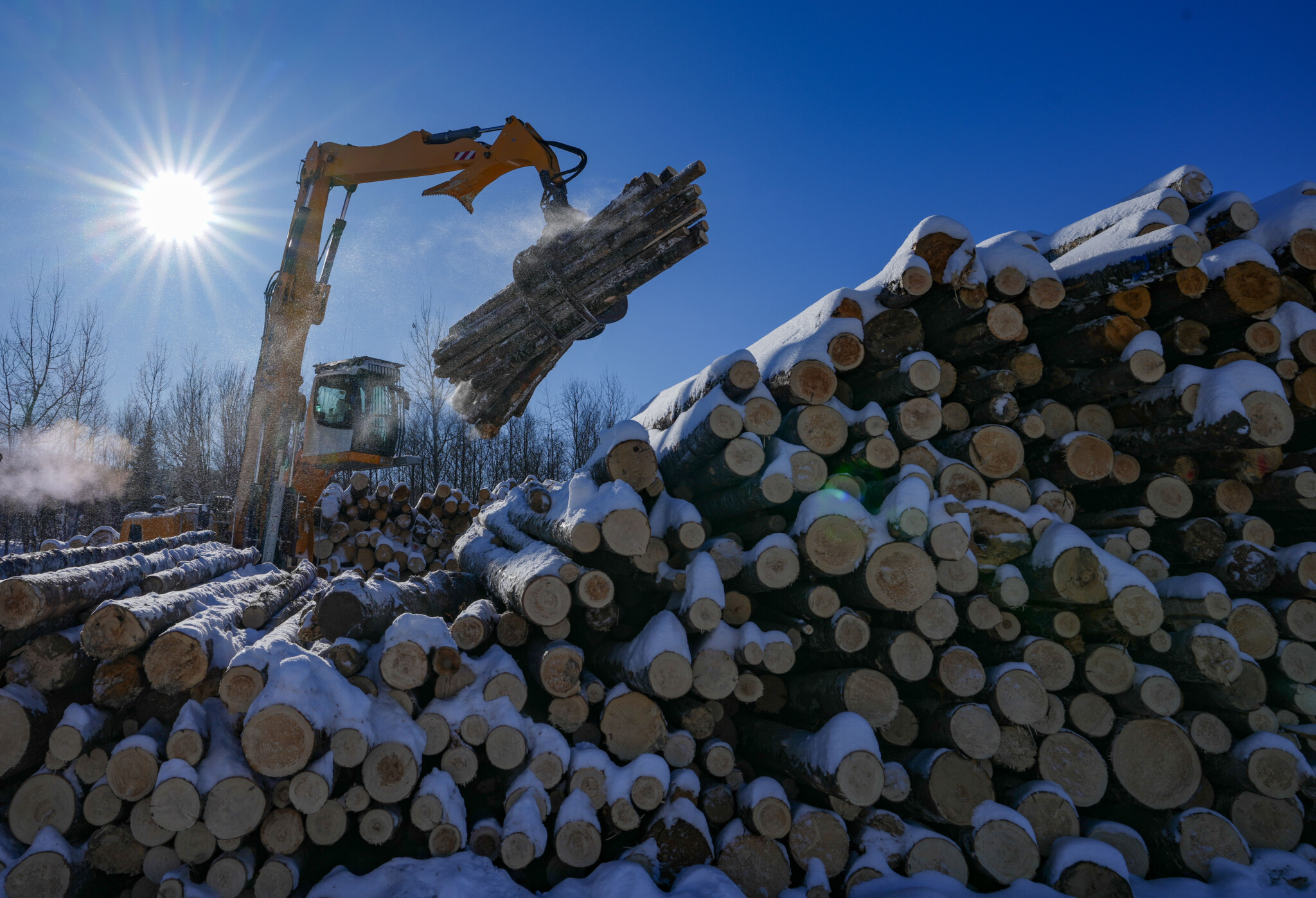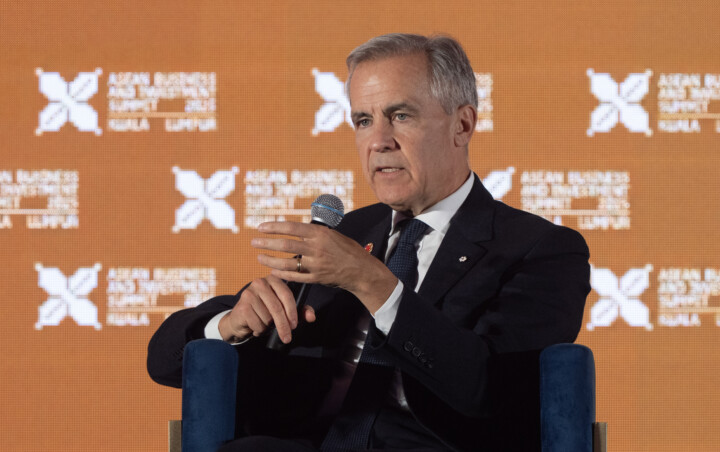Canada’s forestry sector, a long-time driver of investment and employment in Canada, is poised for a transformative comeback, according to Derek Nighbor, president and CEO of the Forest Products Association of Canada (FPAC). In a recent episode of Hub Dialogues, hosted by Sean Speer and presented in partnership with Forestry for the Future, Nighbor argued that the industry is shifting from a story of decline to one of innovation and growth, driven by new technologies, housing needs, and climate solutions.
“I felt for the past five years… nobody really cared about us,” Nighbor admitted, but now, “we’re getting questions that I welcome.” This renewed interest stems from the sector’s potential to address some of Canada’s most pressing issues.
Here are five key takeaways from Nighbor’s vision for the future of Canadian forestry.
1. Forestry is a high-tech, interconnected sector ready for innovation
Nighbor pushed back against the outdated “hewer of wood and drawer of water” image of Canada, emphasizing that the forestry sector is highly innovative and interconnected. He explained that modern forestry begins with sophisticated land management.
“We’re seeing a lot of innovation… work on wildfire risk detection and LiDAR,” he said. Furthermore, the sector operates as an integrated value chain. “When that log leaves the sawmill… There are chips, there’s bark, there’s sawdust, then that goes to other places to make pulp, to make paper, to make bioenergy, to make biochemicals.” This interconnectedness means that “if our pulp mills are struggling, that’s bad news for our lumber mills, and vice versa.”
2. The industry will be a central player in solving the housing crisis
A major growth opportunity lies in addressing Canada’s housing shortage. Nighbor highlighted the potential of mass timber and modular construction.
“It’s worth a few 100 million dollars in Canada right now, but this could be a multi-billion dollar industry in the next 10-15 years,” he stated. Nighbor pointed to Sweden, where “factory-built homes are over 80 percent of where Swedish homes come from,” compared to Canada’s “low single digits.”
He sees a critical role for the federal government’s Build Canada Homes plan to create market certainty. “How can government, through Build Canada Homes, create some predictable level of demand, so that we can launch this industry?” he asked. This would give sawmills the confidence to “retool one line in [their] mill” to produce specialized wood for this new market.
3. Navigating trade turmoil while seeking new markets is key
The ongoing softwood lumber dispute with the United States presents a significant challenge. Canada sells “about $8 billion a year to the United States,” a market that cannot be easily replaced. “You’re not in any near-term going to replace $8 billion of sales,” Nighbor cautioned.
While trusting the government’s negotiation process, he stressed the need to “walk and chew gum at the same time” by aggressively pursuing international market diversification. He sees potential in Europe as it looks to rebuild Ukraine and in backfilling markets as other global suppliers shift. “The EU, at some point, is going to be looking to rebuild Ukraine and Gaza and Syria… Can we come in behind them? Where can we backfill some of their markets?”
4. Forestry can be an economic and social anchor for rural and Indigenous communities
The forestry sector remains a vital economic anchor outside major urban centres. “We’re 200,000 direct jobs still across this country,” Nighbor noted, with mills being “an important fabric of these communities.”
He highlighted the growing role of Indigenous partnerships, with “nearly 10 percent of Canada’s wood supply… now directly managed by Indigenous Peoples,” and over “1,000 Indigenous-owned forestry businesses operating across the country.” The sector’s impact is multiplicative. “The people who work at our mills are either married to or living with nurses, teachers, pharmacists, restaurant workers. If we lose the mill, we lose other key jobs in our community.”

5. Sustainable forestry is a nature-based climate solution
Far from being an environmental problem, Nighbor positioned sustainable forestry as a key climate solution. He explained the carbon cycle of forests: As trees age, “their ability to absorb carbon diminishes,” and they eventually become carbon emitters when they decay or burn.
“One of the opportunities we have in forestry is to harvest in a sustainable way… to lock that carbon into a long-lived wood product,” he said, then use the residuals to make other products and plant new trees. Crucially, he argued that “we need more forestry, not less in this country” for wildfire mitigation. “That’s not an economic argument. That’s a fire aversion, and a fire risk management [argument].”
Nighbor concluded that the sector faces an “existential threat” from trade disputes but is simultaneously presented with “real opportunities on housing and international market diversification.” By navigating the current challenges, Canada’s forestry sector can reclaim its swagger and build a more innovative, diversified, and sustainable future for its communities and the country.
Generative AI assisted in the production of this story.
Could mass timber and modular construction truly solve Canada's housing crisis? What role should government play?
With the US softwood lumber dispute ongoing, how can Canada effectively diversify its forestry export markets?
Is sustainable forestry truly a climate solution, or does increased harvesting pose environmental risks?








